- 28-04-2023
Unleash Your Steam Deck's Potential: How to Use Performance Overlay
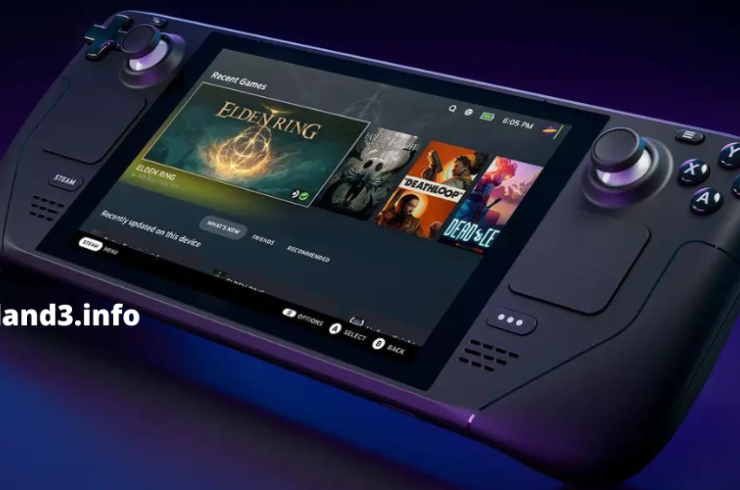
The Steam Deck offers a remarkable portable gaming experience, comparable to the convenience of the Nintendo Switch, yet endowed with the functionality of a traditional PC. To tap into its full potential, it's essential for users to familiarize themselves with its Performance Overlay tool. This tutorial is designed to walk you through activating and utilizing the Performance Overlay on your Steam Deck, enhancing your gameplay for the ultimate portable gaming session.
Enter a Game and Access the QAM Button
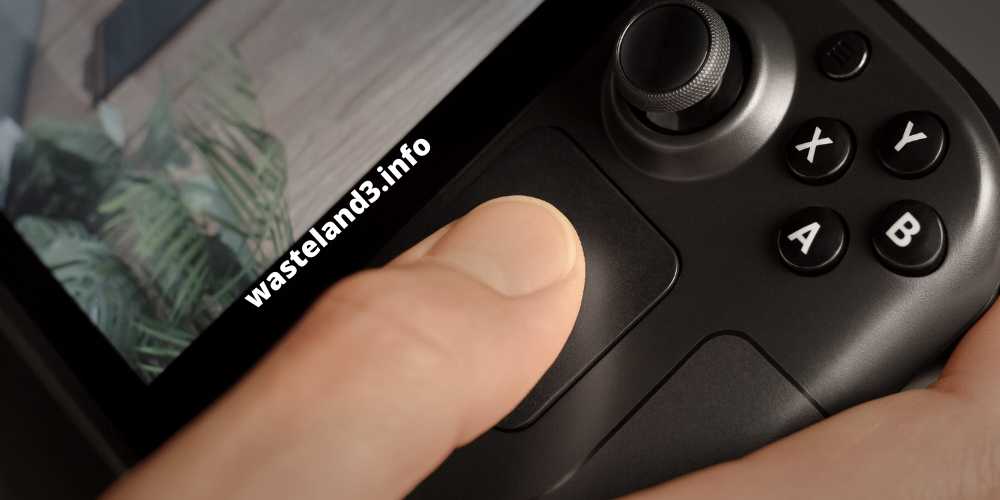
Begin by turning on your Steam Deck and launching the game you wish to play. Once you've entered gameplay, locate the QAM button, which has three dots and can be found on the right side of your Steam Deck. Press this button to access the Performance Overlay options.
Open the Performance Menu
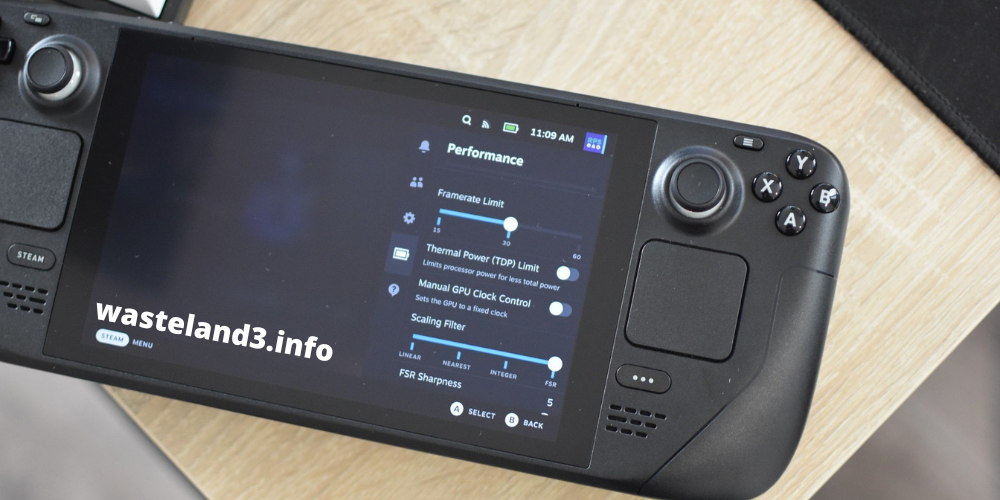
Next, you'll need to open the Performance menu. To do this, highlight the battery symbol in the QAM menu. You'll then be greeted with several overlay settings that display various aspects of your game's performance. There are four overlay settings available, each revealing more information as you move through them.
Choose Your Desired Overlay Setting
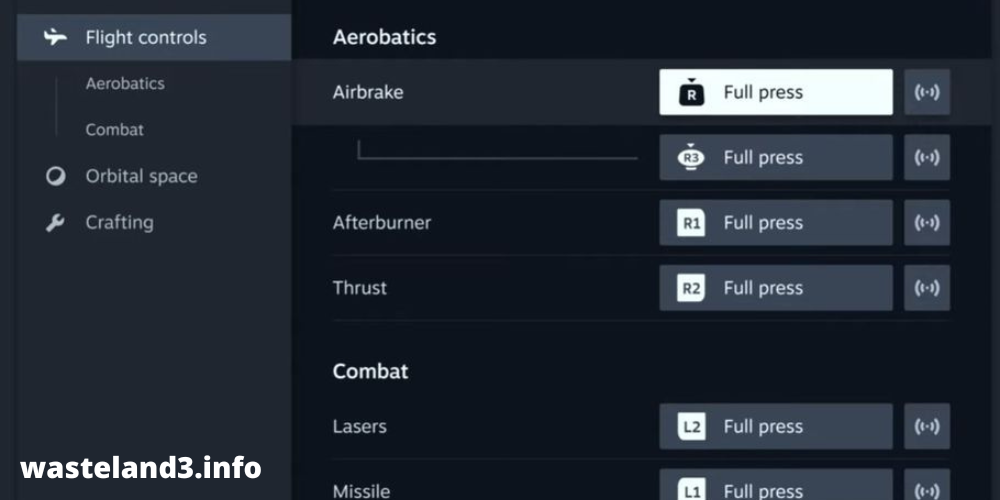
The first overlay setting provides you with the framerate of your game. This is a simple but crucial piece of information that allows you to see how smoothly your game is running. However, if you desire more details, proceed to the second overlay setting.
In the second overlay setting, you'll be able to view not only the framerate but also the battery status, GPU, CPU, RAM, and Gamescope performance. Gamescope is a microcomposer that controls the resolution and frame rate of Steam Deck.
The third overlay setting offers even more data by including VRAM and a more accurate reading of your battery life. Finally, the fourth overlay setting gives you a comprehensive view of your system's performance, including the activity of all individual CPUs.
Customize Your Performance Options
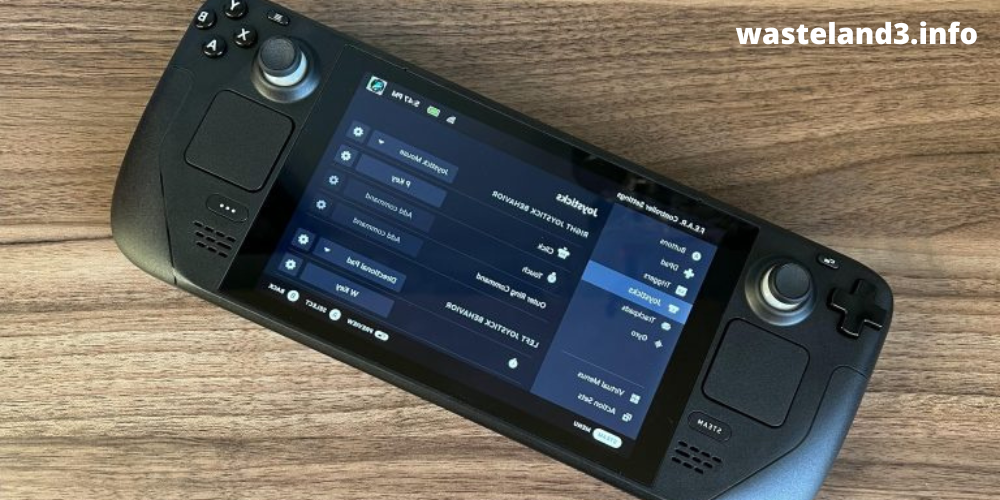
If you want to make the performance overlay a permanent feature, you can do so within the Advanced View of the Performance menu. Here, you also have the option to adjust various settings, such as framerate limits, refresh rates, V-Sync, Thermal Power (TDP) limit, and GPU Clock Control. Customizing these settings helps you strike the perfect balance between performance and battery life for your Steam Deck.
Optimize Your Steam Deck Experience
Lastly, experiment with the Thermal Power Limits and Manual GPU Control options to find the ideal settings for your needs. By adjusting the GPU Clock Frequency, you can improve your Steam Deck's battery life. However, be cautious when making changes, as lowering the frequency too much can negatively affect game performance. If you encounter issues, simply revert the GPU Clock frequency back to its original setting (1100 MHz) to resolve any problems.
In conclusion, using Performance Overlay on your Steam Deck not only helps you understand your handheld's capabilities better but also empowers you to customize your gaming experience. Follow these steps to unleash your Steam Deck's full potential and enjoy your favorite games wherever you go.